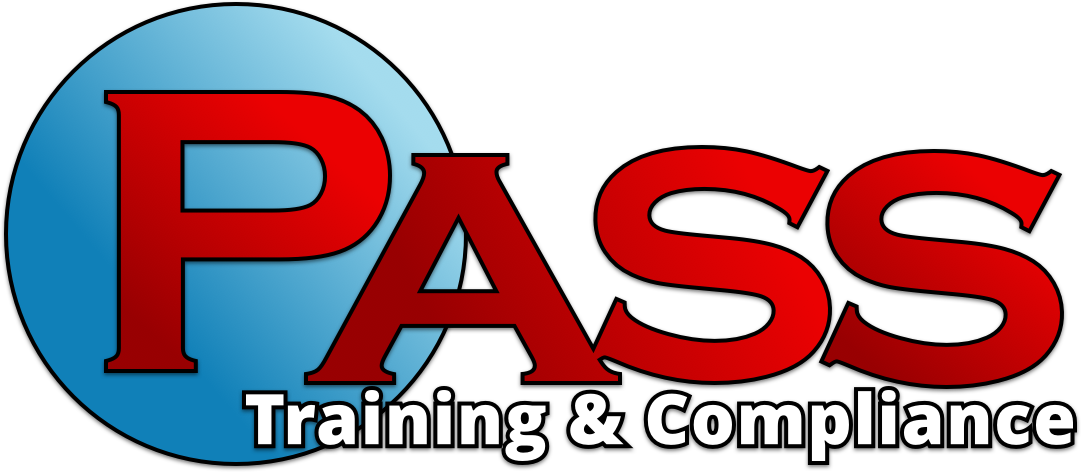PEI RP900 Revisions Expected December 2016, Including the New Appendix D
 PEI's UST System Inspection and Maintenance Committee met in Chicago at the beginning of September to discuss the revision of Recommended Practices for the Inspection and Maintenance of UST Systems, better known as PEI RP900.Updates have been made and the revised edition is scheduled for December 2016. This publication was listed by the EPA as a code of practice to meet their walkthrough inspection and maintenance requirements. A public comment period is open until October 14, 2016 for any interested parties to comment on the newly created Appendix D.
PEI's UST System Inspection and Maintenance Committee met in Chicago at the beginning of September to discuss the revision of Recommended Practices for the Inspection and Maintenance of UST Systems, better known as PEI RP900.Updates have been made and the revised edition is scheduled for December 2016. This publication was listed by the EPA as a code of practice to meet their walkthrough inspection and maintenance requirements. A public comment period is open until October 14, 2016 for any interested parties to comment on the newly created Appendix D.
What is PEI RP900 Appendix D?
Over the years it's become apparent that water in tanks is becoming one of the most troublesome issues UST owners/operators face today. With that in mind Appendix D has been created to address the prevention and remediation of water inside of USTs.The latest draft suggests that some of the testing methods we are currently using are not effective enough at detecting water. Let's review a few of their findings.Any unevenness at the bottom of the tank or strike plates may give the water a place to hide from your testing equipment. It is being recommended to test at multiple locations in your tank and as far away from the tanks fill riser as you can.ATGs usually only detect 1/2 inch of water or more, so it's important to use an additional detection method such as gauge sticks, vacuum sampling, or remote video inspection. For diesel fuel it's important to regularly test microbe levels, which are an indicator that water is present.For more information on Appendix D, as well as the other changes/updates to PEI RP900, visit PEI's website.If you find or suspect water in your tank, contact your maintenance company immediately, but ultimately early detection is the key to minimizing problems with your system. Upgrades to sensors and equipment can help, but regularly scheduled inspections and testing are MUST, and PASS can help. Learn More about PASS Inspection Services →
